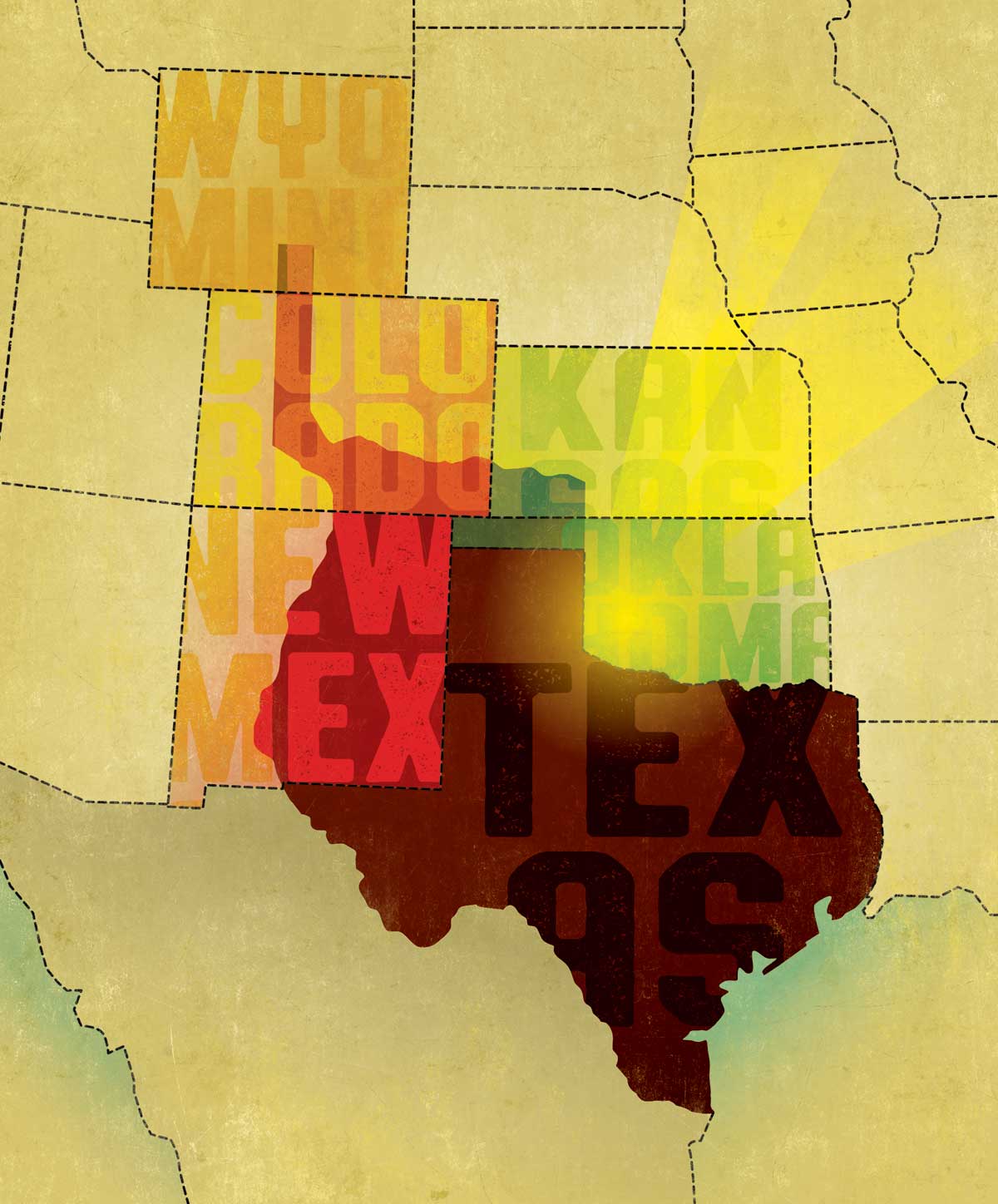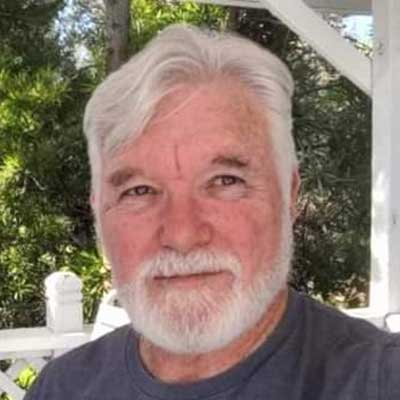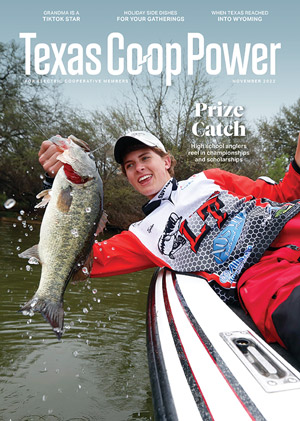Texans have a kind of proverb that goes like this: “Driving across Texas isn’t a trip; it’s a damn career.”
Texas is big, no doubt about that. But it used to be a lot bigger—by about one-quarter.
When the Republic of Texas joined the U.S. in 1845, Texas’ borders were dramatically different. The northern boundary stretched all the way up into what is today southern Wyoming. The northernmost town in Texas wasn’t Kerrick; it was Rawlins—some 1,400 miles from Brownsville.
A trip like that in 1845 would have been measured in seasons, not days. “We’ll leave in early spring and get there before winter sets in.”
That slice of land was Texas’ original panhandle, encompassing part of the Rockies. They called that area the stove-pipe because that’s what it looked like: a long skinny stovepipe jutting northward. You can still find vestiges of Texas up there. For instance, there’s a stream in Wyoming named Texas Creek.
Texas used to include what is today the panhandle of Oklahoma. That territory comprises three counties, one of them still named Texas County. So some Oklahomans still live in Texas—well, Texas County, anyway. Today the northern Texas border aligns with the latitude established in the Missouri Compromise that restricted slavery to states south of that line.
Listen as W.F. Strong Narrates This Story
Visit Texas Standard for more W.F. Strong stories (most of which are true).
The southwestern corner of Kansas was also originally Texas. That’s when Dodge City was in Texas. Gunsmoke always did seem like a Texas series. We know that Marshal Matt Dillon was born in San Antonio, and his father was a Texas Ranger. It’s all coming together.
New Mexico used to be about half its current size because Santa Fe, Taos and all of the eastern part of the state were Texas. In fact, Texas was so big in 1845 that if you had put a hinge on the northernmost part and flipped it northward, Brownsville would have been in Northern Canada, next to Hudson Bay.
So what happened to all our land? The U.S. government bought it in 1850 for $10 million. They bought our claims in present-day Wyoming, Colorado, New Mexico, Kansas and Oklahoma for what amounted to 15 cents an acre. It may seem like we sold out cheap. But that’s $380 million in today’s money, and Texas desperately needed the money.
Texas’ leaders had a state to build, but the only true assets were land—and a hardened people with unbreakable spirits. So we sold the land, paid off debts and got a much more appealing shape—one that fits nicely on T-shirts.
Even without all that land, we’re no slouch of a state. You know if you’ve ever driven it. We still measure distance in time. We still feel like we’re crossing an enormous frontier when driving Interstate 10 through West Texas or Interstate 35 north and south. And this old Texas saying is still valid: “The sun has riz, the sun has set, and here we is in Texas yet.”



